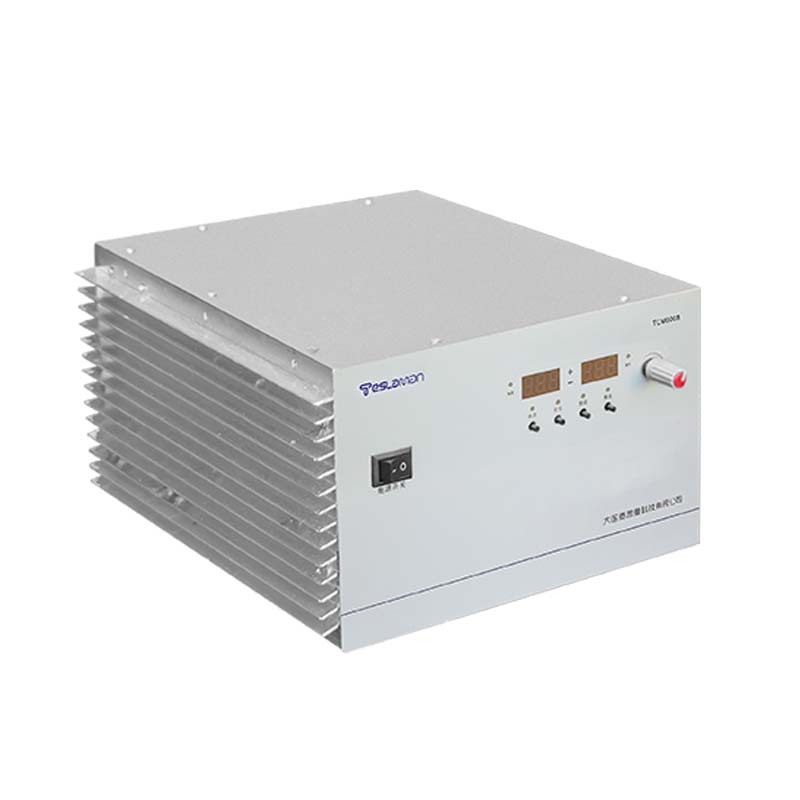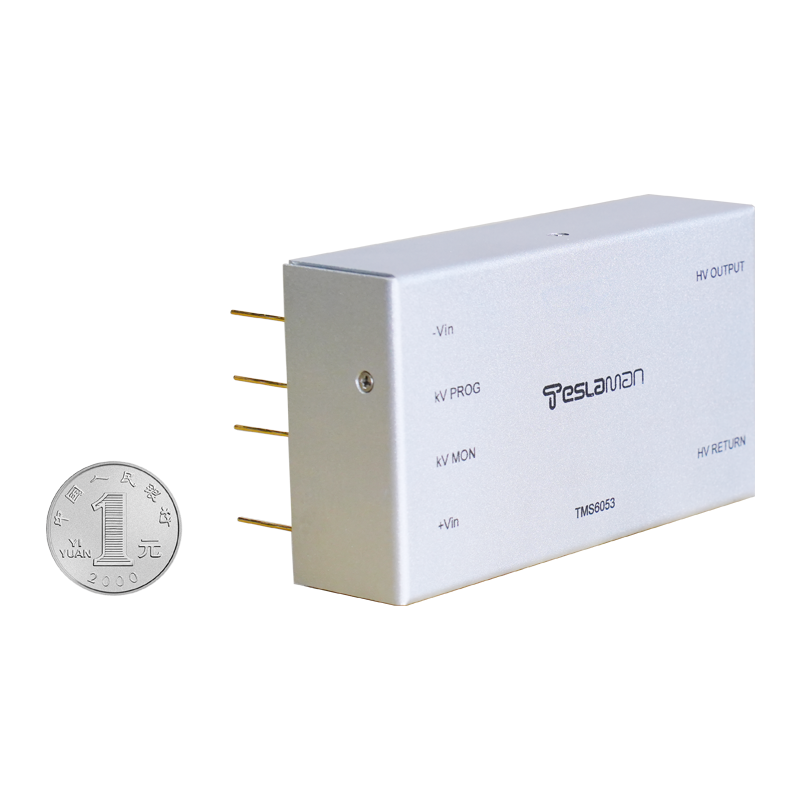Innovative Spark: High Voltage Power Supply Ignites Electrostatic Chuck Technology
In modern industrial production, electrostatic phenomena pose significant challenges to both equipment reliability and product quality. Especially in precision manufacturing sectors such as microelectronics and semiconductor industries, static electricity can cause equipment malfunctions and product damage, leading to decreased production efficiency. To address this issue, innovators in the field continuously explore efficient and reliable solutions. Among these, the innovative integration of high voltage power supplies with electrostatic chuck (ESC) technology is sparking considerable interest and discussion within the industry.
Electrostatic chucks are commonly used clamping devices employed in various industrial processes for positioning and holding. However, conventional ESCs often fail to perform adequately in extremely static environments, resulting in reduced clamping force and stability. The innovation behind high voltage power supply-ignited ESC technology lies in its precise control and release of electrostatic forces, significantly enhancing the clamping capability and stability of ESCs.
The core of this technology lies in the precise control of the high voltage power supply. Traditional ESCs typically rely on a single voltage supply mode with limited precision in electrostatic force adjustment, making them ill-equipped to handle complex and changing electrostatic environments. In contrast, high voltage power supply-ignited ESC technology utilizes advanced power control techniques, enabling highly accurate adjustment of parameters such as voltage, current, and frequency. Consequently, it can flexibly adjust the magnitude and release mode of electrostatic forces according to variations in the actual working environment, ensuring stable and reliable operation of ESCs under various conditions.
In addition to precise control, the technology also emphasizes optimized design of the ESC structure itself. By adding special material coatings to the ESC surface and optimizing electrode layouts, the electrostatic induction efficiency and response speed of ESCs are improved. This enables ESCs to react more quickly and accurately to electrostatic signals, further enhancing clamping force stability and precision.
The application prospects of this technology are extensive. In precision manufacturing sectors such as microelectronics and semiconductors, high voltage power supply-ignited ESC technology can help production enterprises improve product manufacturing precision and consistency, reduce scrap rates caused by electrostatic issues, and enhance production efficiency and product quality. Additionally, in industries like aerospace and medical devices, the introduction of this technology can improve equipment safety and reliability, meeting the more stringent requirements for electrostatic environments.
In conclusion, the innovation of high voltage power supply-ignited ESC technology lies not only in technical breakthroughs but also in its solution to the application challenges of conventional ESCs in extreme environments, providing a more reliable and efficient solution for industrial production. With continuous technological development and widespread application, this innovative spark is poised to ignite a new revolution in the industrial sector.




















